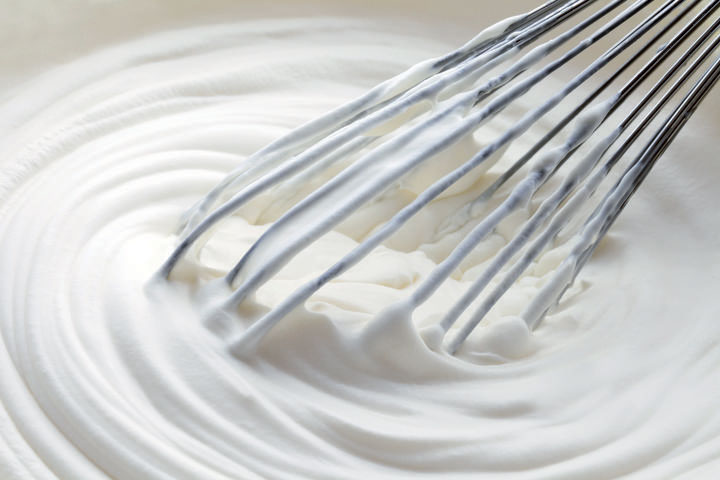Cream is an emulsion of fat globules in water. It is obtained by milk skimming followed by homogenisation to stabilise the emulsion.
7 liters of milk are necessary to obtain 1 kg of 30% fat cream.
Some creams are labelled “long-term preservation”, this means that they may be stored several weeks in a dry and fresh location. To extend shelf life, these creams are sterilised (Ultra High Temperarute treatment). While undergoing a UHT treatment, cream is heated for 2 seconds at 145-150°C. Cream is then cooled down very rapidly in order to preserve gustatory, nutritional and functional qualities.
Sterilisation does not allow sowing, as a result UHT cream is always liquid. Sterilisation process develops a cooked or caramel taste.
UHT-sterilised creams are widely spread in industrial applications thanks to its long-term conservation feature at room temperature. Nevertheless manufacturers usually apply a cooling treatment to UHT creams before sending them into the distribution channel in order to improve stability during storage. An alcohol test is indeed done on the cream to control its capacity to withstand heat treatments and long-term storage.
UHT 35% fat creams, most widely used for whipping, must be stored at cool temperature for several hours (usually 24 hours) before whipping in order to obtain an overrun emulsion.
Stabilising agents like carrageenans may be added to further stabilise the product. They improve emulsion stability during sterilisation and reduce creaming during storage. In the end, they help obtaining a specific texture.
